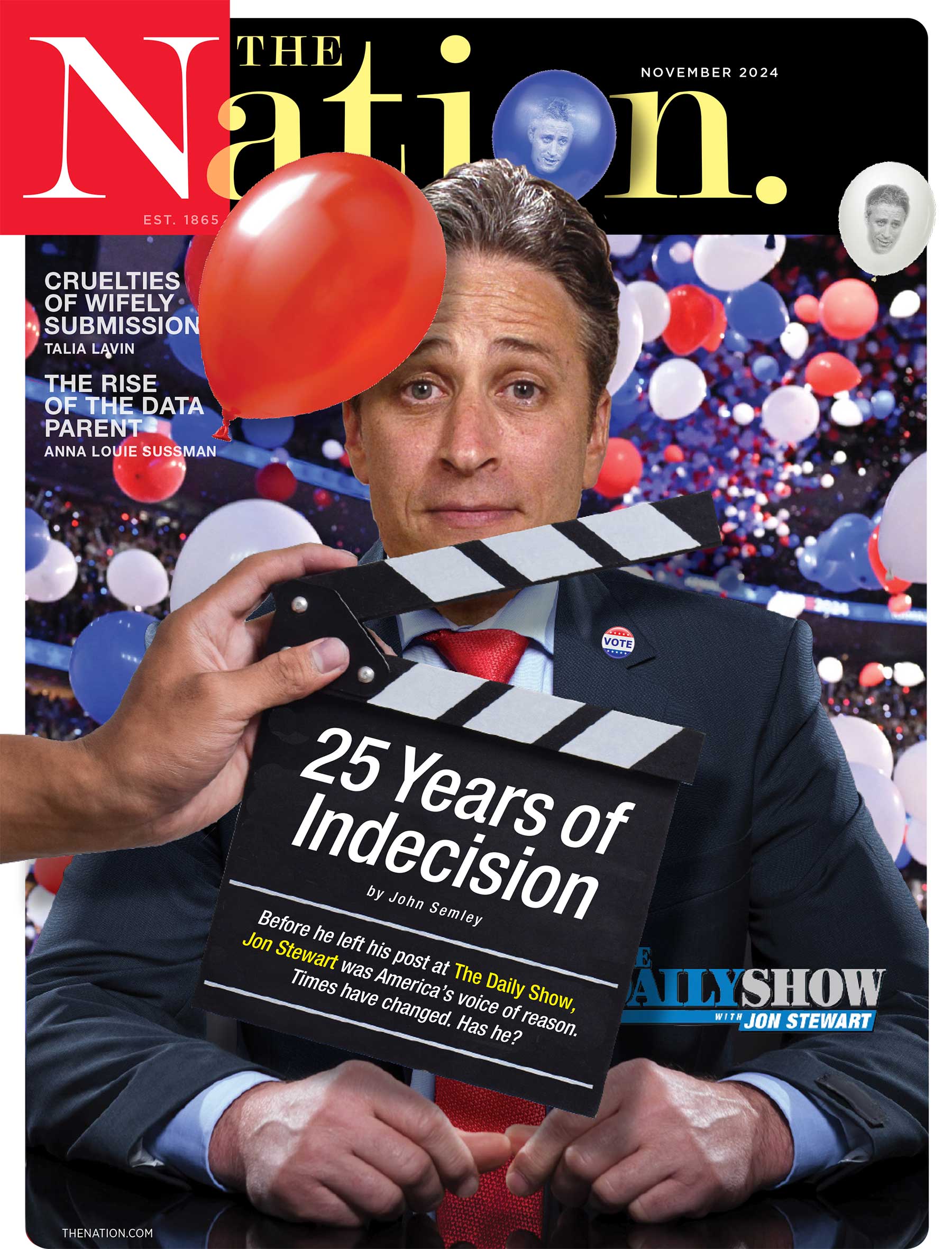It’s no secret that higher education is becoming too expensive for many middle-class families to bear. Today’s New York Post breaks down the cost of one year at New York University. The total? A shocking $54,441!
Meanwhile, as USA Today recently reported, “Increases of at least five percent to six percent — and in many cases higher — are expected at public universities as university administrators struggle to maintain quality education amid state budget cuts.”
Since its inception in 1965 as part of the Higher Education Act, the Pell Grant program has been the primary means to allow lower-income students to go to college. More than 5.1 million students benefited from the program during the 2006-07 school year. The problem with Pell Grants, as Pedro de la Torre details at Campus Progress, is that the program, by law, must rely on the annual budgeting and appropriations process for funding, which means that award levels often fail to keep place with inflation and/or college costs. The result has been a steep decline in the purchasing power of the grant. In 1976 the maximum Pell Grant covered 72 percent of the average cost of attendance at a public four-year college. By 2006 this figure had fallen to a paltry 33 percent. And since the recession, the value have the grants have been plummeting even further.
In response, as part of his 2010 federal budget proposal, President Obama has proposed a massive overhaul to the college financial aid system which includes a huge expansion and reform of the Pell Grant program. In addition to Pell Grants, according to a smart article in Business Week, the stimulus package will replace the Hope Scholarship tax credit with the more generous American Opportunity Tax Credit for tax years 2009 and 2010; will provide an additional $200 million in funding for the federal work-study program, which provides part-time jobs for students, and will allow parents to make tax-free withdrawals from 529 college savings plan to finance the purchase of a student’s computer.
As Lindsey Gerdes noted in the Business Week piece, the amounts might seem small, “but for many low- and moderate-income families, the more generous aid provisions and eligibility changes might make the difference between an affordable college education and one that is tantalizingly out of reach.” Moreover, the consequences can be far-reaching. “A slightly larger Pell Grant combined with a bigger tax credit could be just enough to avoid the need for a private student loan–and the difference between graduating with high-interest debt, or no debt at all.”
Our friends at Campus Progress have created a dramatic illustration of how students from each state would benefit from Obama’s bold expansion of financial aid with this nifty interactive map. Data for the project was taken from Obama’s Budget, Supporting Students, not Banks, a report by the Institute for America’s Future and the US Public Interest Research Group.
PS: If you have extra time on your hands and want to follow me on Twitter — a micro-blog — click here. You’ll find (slightly) more personal posts, breaking news and lots of links.


